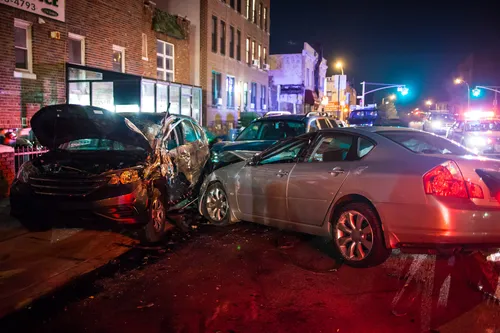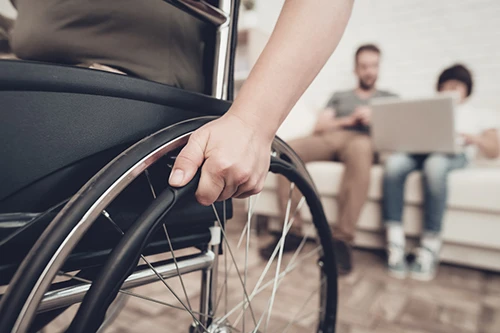Slip and falls are among the most common accidents that lead to injury. Injuries as a result of falling are often associated with the elderly but they are also common in the workplace. In the aftermath of a fall, your first instinct might be to feel embarrassed and clumsy, but if a fall leads to serious injury, it can end up costing you. Hospital visits, surgeries, and missed work are all possible consequences that arise after a fall, and if the conditions were unsafe, it may not have been your fault.
If you believe your fall was caused by an unsafe condition or negligence, you may be entitled to compensation. If you can, it’s important to collect objects and information that might help you build a personal injury claim. Certain objects should be preserved in plastic containers, and photos should be taken of the area. If you aren’t sure if you have a potential case or what constitutes evidence, call Steinberg Law for a free consultation. Here are some common items that may be used as evidence in a slip and fall accident:
Clothing
Placing your clothing and other worn items like shoes, hats or helmets in plastic bags can help determine if there was a substance on the ground that caused you to slip. One of the most common trip and fall causes is a loss of traction because of slippery surfaces. If spilled oil or other slippery substances were what caused an accident, it could still be present on your clothing and used as evidence.
Debris and Out of Place Material
Debris or objects left on the ground, on a staircase, or in walkways commonly cause accidents. For instance, if a tool is left on the ground in a workplace, it can create an unsafe environment. If you can, take photographs of the dangerous conditions so that your attorney can use that as evidence in your case.
Photographs
Photographs should be taken of the area that the fall occurred and any objects that may have contributed to the fall. For instance, if the surface is slick with ice or water, a photograph is the best evidence. Otherwise the area may dry or evidence that the surface was slippery may be removed. If you can’t collect any physical evidence, photographs can still help you build a case.



